Secondary Transition Toolkit: Self-Determination Assessments

Self-determination is an important concept that refers to each person’s ability to make choices and manage their own life. Self-determined individuals learn to navigate their lives and make informed choices. Self-Determination assessments help students to identify their strengths and needs to enable them to set goals and advocate for themselves.
We encourage you to use these assessments as well as transition assessments from other sources to gather and organize information on your students in order to prepare them for a seamless transition from school to adult life.
AIR Self-Determination Scale*
Author: The American Institutes for Research (AIR), in collaboration with Teachers College, Columbia University in New York City
The AIR Self-Determination scale produces a profile of the student’s level of self-determination, identifies areas of strength and areas needing improvement, and identifies specific educational goals that can be incorporated into the student’s IEP. The AIR Assessments measure two broad self-determination components, capacity and opportunity. Capacity refers to the student’s knowledge, abilities, and perceptions that enable them to be self-determined. Opportunity refers to the student’s chances to use their knowledge and abilities. This is an individualized assessment through use of a rating scale with three forms: educator, student, and parent. The 5-point Likert-type scale rates students and environments on self-determination components.
AGE BAND: 8 years old – adult
COST: Free
TIME: 30 Minutes
I’m Determined Self Determination Student Self-Assessment*
Author: Commonwealth of Virginia Department of Education Training and Technical Assistance Centers – I’m Determined Project
The I’m Determined project, a state-directed project funded by the Virginia Department of Education, focuses on providing direct instruction, models, and opportunities to practice skills associated with self-determined behavior. This project facilitates youth, especially those with disabilities, to undertake a measure of control in their lives that will help to set and steer the course rather than remaining the silent passenger. The Self Determination Student Self-Assessment consists of 19 items and four open ended questions that measure how self-determined the student considers him/herself to be.
AGE BAND: 14 – 21 years old
COST: Free
TIME: 20 minutes
The Arc’s Self Determination Scale*
Author: Michael Wehmeyer, Ph.D. and Kathy Kelchner, M.Ed.
The Arc’s Self Determination Scale provides students and educators a tool that identifies student strengths, areas of support, and instructional need for self-determination. The scale has 72 items and is divided into four sections that each examine a different essential characteristic of self-determined behavior: Autonomy, Self-Regulation, Psychological Empowerment, and Self-Realization.
AGE BAND: 14 – 21 years old
COST: Free
TIME: 40 minutes
Choicemaker*
Author: James E. Martin & Laura Huber Marshall
The ChoiceMaker Self-Determination Assessment assesses the self-determination skills and opportunities at school to exercise these skills of middle and high school students with mild to moderate disabilities. The assessment works across three areas: (a) choosing educational, vocational, and personal goals; (b) students’ involvement in their IEP meetings; and (c) students’ attainment of IEP goals, including developing a plan, implementing the plan, self-evaluation of plan progress, and adjusting any of the plan parts.
AGE BAND: 14 – 21 years old
COST: Free
TIME: 30 minutes
Self-Determination Goals and Checklists: Transition to Postsecondary Pathways*
Author: Toronto Catholic District School Board
The Self-Determination Goals and Checklists were designed to review skills that help with self-awareness, active participation in school-based meetings, self-advocacy, choice making, and self-management/self-regulation. The student and staff work together to complete the checklists. Each checklist begins with a goal to develop while in high school and ends with a goal to strive to achieve upon graduation from high school, as well as well as identifying next steps for planning future goals.
AGE BAND: High school
COST: Free
TIME: 30 – 45 minutes
Personal Preference Indicators*
Author: The Center for Learning and Leadership, Oklahoma’s University Center for Excellence in Developmental Disabilities (UCEDD)
The Personal Preference Indicators Guide is a tool to assist in planning with and for a person with a developmental disability. It is a guide, not a checklist, for accessing information about the person’s preferences. This guide enables members of the planning team to identify and focus on interests and preferences connected to seven domain areas, including self-determination and socialization. Currently available to download in English and Spanish.
AGE BAND: ALL
READING LEVEL: 5th grade
COST: Free
What is Your Learning Style?*
Author: Marcia Conner
What is Your Learning Style is a questionnaire that assesses an individual’s preferred learning style. Students answer 12 questions that best characterize how they respond to given situations. The assessment can be immediately self-scored for students to learn their primary and secondary processing styles. Learning styles refer to the distinct way an individual prefers to learn and approach new information. Each individual is unique and learns and processes information with their own special style, although we share some learning patterns, preferences, and approaches. Students who know their learning style develop self-confidence as they gain insight into their strengths and weaknesses. This knowledge can also help them realize that other people may approach the same situation in a different way from their own.
AGE BAND: 14 – 17 years old
READING LEVEL: Flesch-Kincade Grade Level – 6.7
COST: Free — Please take note of copyright guidelines.
Self-Determination Inventory System*
Author: University of Kansas
The Self-Determination Inventory is an online system of assessments where students, parents and teachers each provide reports about the youth’s self-determination skills. The Self-Determination Inventory: Student Report (SDI:SR) asks students questions about how they feel about their ability to be self-determined; that is to make choices, set and go after goals, and make decisions. The National Deaf Center collaborated with Kansas University Center on Developmental Disabilities to translate the Self-Determination Inventory: Student Report (SDI:SR) from English to American Sign Language (ASL). After completing the SDI:SR, students will receive a student report with their score, along with an ASL video that explains what the report means.
AGE BAND: 13 – 22 years old
COST: Free
TIME: 10 – 15 minutes
Positive Personal Profile*
Author: Transcen, Inc.
A Positive Personal Profile (PPP) is a way to “take inventory” of all the attributes that will be relevant to a youth for their job search, employability, job match, retention and long-range career development. It is a mechanism for collecting information from a variety of sources, including assessments, observations, interviews, and discussions with the job seekers. The PPP can form the basis for developing goals on IEPs and transition plans. It is also a means of ensuring that all stakeholders have a clear picture of the youth’s positive attributes and where they may need support or accommodations.
AGE BAND: 14 – 21 years old
COST: Free
Barsch Learning Style Inventory*
Author: Jeffrey Brasch
The Barsch Learning Style Inventory (BLSI) is an assessment instrument used to measure an individual’s learning style. There are many different theories on how people learn and about the different types of learners. The BLSI organizes people into the categories of visual, auditory. tactile or kinesthetic learners and is widely used and promoted in school and college systems. In theory, by knowing the preferred learning style of the students in a classroom, a teacher can better construct their teaching methods to match and thus help facilitate better learning.
AGE BAND: 14 – adult
COST: $13.95; Kit includes: 10 Inventories and 10 Effective Study Tips
TIME: 5 – 10 minutes
* This pdf is not 100% accessible and is not a required resource.








